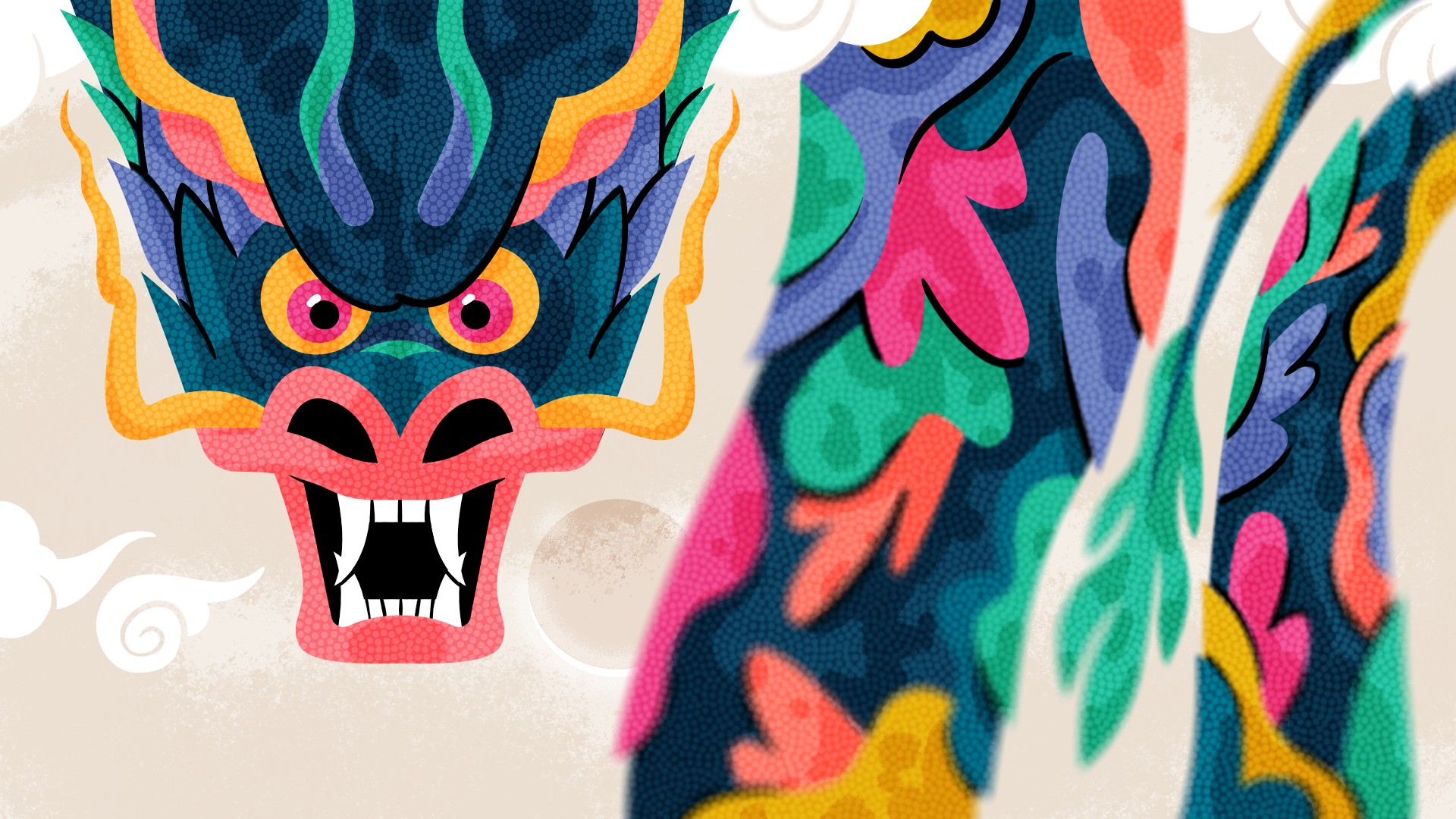We’re excited to introduce you to the always interesting and insightful Rick Pinchera. We hope you’ll enjoy our conversation with Rick below.
Hi Rick, thanks for joining us today. Any thoughts around creating more inclusive workplaces?
Creating a more inclusive workplace starts by sending a clear message that everyone is invited to participate in an industry. In my case, the design community needs more voices from underrepresented groups in order to provide the most creative solutions to challenges. But in order to do so, young folks who are trying to decide what a job path might look like for themselves, need to be shown that a career as a visual designer is a real option. Unfortunately that is not always the case. In Boston, there is an organization called Artists for Humanity that is attempting to establish that type of scenario, and I was proud to have mentored teen creatives there, for a period of time. I had come to a point in my career where I realized that the dominant voice in the design world was white, like many other industries. I knew that if everyone looked like and had similar experiences to me, then we were failing our clients and ourselves. So in order to help in some small ways, I took part in online portfolio reviews for underrepresented folks, and worked part time as a mentor at Artists for Humanity. My personal impact was small, but it seemed to be part of a growing awareness among my peers that change needed to happen and that we all had at least some responsibility to try and improve things.


As always, we appreciate you sharing your insights and we’ve got a few more questions for you, but before we get to all of that can you take a minute to introduce yourself and give our readers some of your back background and context?
I’ve had a pretty long career in the field of visual design. Currently I hold an art director position at a marketing agency, but I have done all sorts of work for a range of companies through the years. The foundation of what I do is built around illustration. I drew quite a bit as a child, like many do, but the encouragement I received from my parents and teachers and friends spurred me to continue pursuing it and it eventually became a major part of my identity. I studied graphic design and worked for newspapers during and after college. I would do layout and contribute illustrations and comics to the publications. Eventually, as things became more digital, my work transferred to that area and I spent over a decade designing and building games for PBS Kids as part of WGBH in Boston’s interactive department. I have also freelanced for long stretches, a practice I built mainly around my illustration skill set. This was both rewarding and challenging as I had to rely solely on myself to attract work, create and deliver results to clients, and figure out the business side of things. The spectrum of clients was large and included non-profits, agencies, sports teams and educational institutions. As I became more experienced, I’ve tried to act as a mentor to younger designers and have worked toward creating more equity and representation in our industry.


Have you ever had to pivot?
The biggest pivot of my career was when I gave up the security of working for an employer to pursue freelancing full time. I had become discouraged about where I found myself professionally and was frustrated I wasn’t putting my strongest skills to work. I took a chance, with the encouragement of my wife, to try and find a happier path. This was risky in that we were raising a family in a fairly expensive part of the country. But it was the family itself that helped make the decision to freelance easier in some ways. I considered that if I could work out of the home, I would be more available to my children and to do more domestically. Between that and the other flexibilities and freedoms this path offered, I went for it, and it was one of the best choices I had ever made.


Any stories or insights that might help us understand how you’ve built such a strong reputation?
There are many things that helped my reputation build to where it is today. There are soft skills and hard skills and both contribute to how we are viewed by our peers and clients. Obviously the work itself has to be good. It needs to be your own and it needs to have value to people who may want to hire you. But the most skilled and creative graphic artist will ultimately fail if they do not know how to treat people, act as a professional, and deliver work on time and for a fair price. Those soft skills can be learned, over time, but they also come from a place of instinct. Acting and delivering like a pro is how you get your name around and hired, and I feel comfortable saying I have done those things. Periodically you will fall short, and sometimes it may not be your fault. But your overall impression on people in the industry has to come from the examples you show, in what you do and how you do it.


Contact Info:
- Website: https://www.behance.net/rpinchera
- Instagram: https://www.instagram.com/rick_a_roni/
- Linkedin: https://www.linkedin.com/in/rick-pinchera-668a8422/


